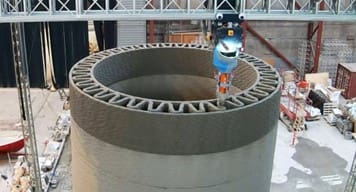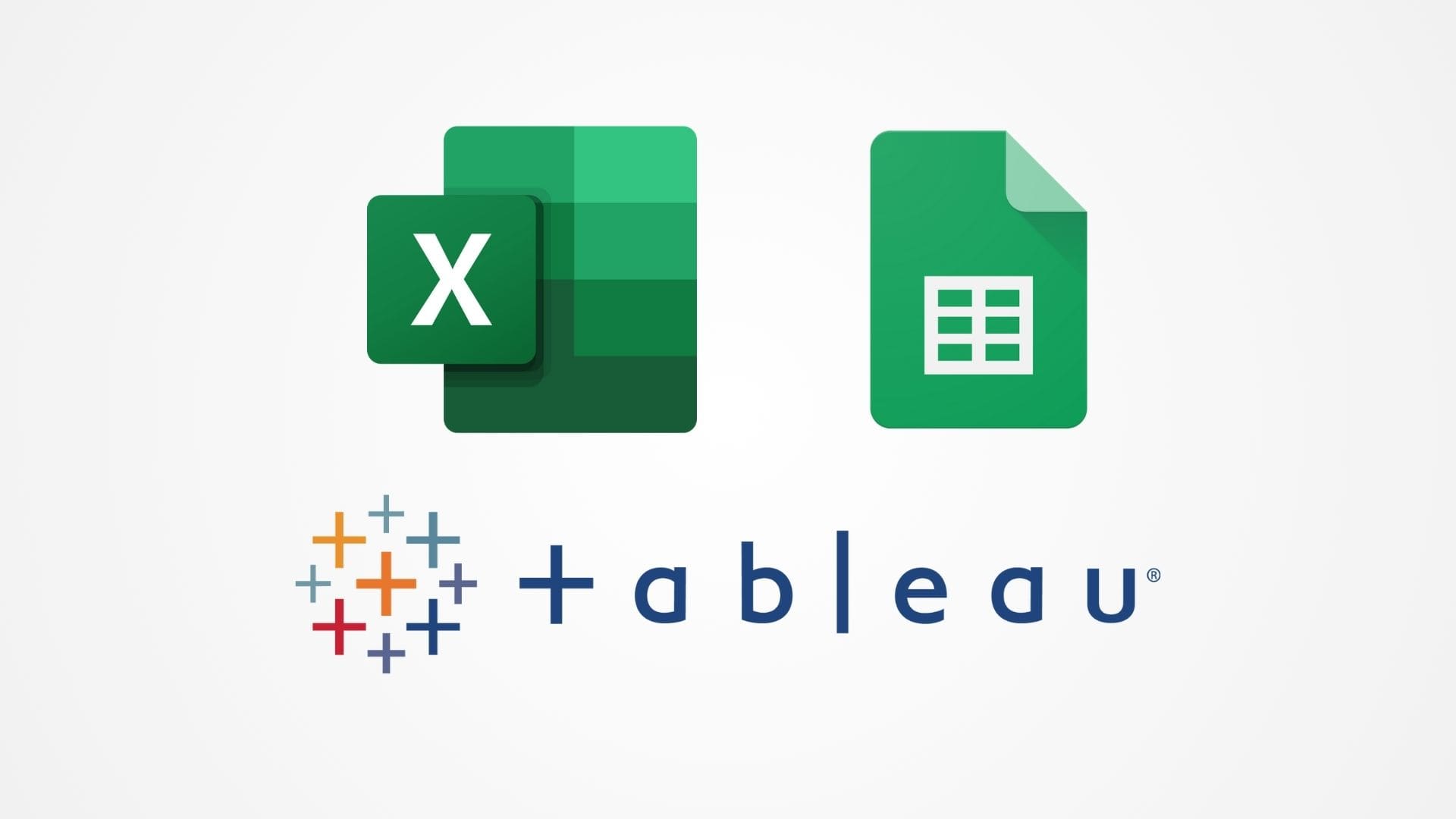Geotechnical engineering, a discipline central to the construction of foundations, tunnels, and other subsurface structures, is witnessing transformative changes with the integration of 3D printing technology. Known for its precision and efficiency, 3D printing introduces new methods for creating complex structures that conform precisely to the intricate demands of geotechnical applications. This technology not only enhances the construction process but also improves the performance and sustainability of geotechnical solutions.
The Emergence of 3D Printing in Geotechnical Engineering
3D printing, also known as additive manufacturing, has expanded from simple prototyping to becoming a vital tool in various engineering fields, including geotechnical engineering. Initially used for creating scale models and components in above-ground construction, its application has grown to include critical geotechnical elements such as customized earth retention systems, tunnel linings, and even soil and rock stabilization solutions. This progression is driven by 3D printing’s ability to accommodate complex geometries and composite materials tailored for specific geotechnical conditions.

Advantages of 3D Printing in Geotechnical Engineering
Customization and Complexity: Geotechnical conditions vary significantly across different sites, often requiring customized solutions. 3D printing allows for the creation of complex designs that can be tailored precisely to local geological conditions, enhancing the safety and stability of structures.
Speed and Efficiency: Traditional geotechnical construction can be time-consuming and labor-intensive, especially in challenging environments. 3D printing accelerates the construction process, from rapid prototyping and testing of geotechnical models to the actual manufacturing of structural components.
Material Innovation: 3D printing pushes the boundaries in the use of novel materials, including geo-polymers and composite materials that offer enhanced properties such as improved load-bearing capacity and erosion resistance. These innovations are particularly beneficial in creating more durable and resilient geotechnical structures.
Sustainability: With its additive approach, 3D printing reduces waste significantly compared to traditional construction methods. It allows for more efficient use of materials and can incorporate recycled materials, aligning with the environmental goals of modern geotechnical projects.
Key Applications of 3D Printing in Geotechnical Engineering
Tunnel Linings and Underground Structures: One of the most promising applications of 3D printing in geotechnical engineering is in the construction of tunnel linings and other underground structures. 3D printing can produce highly durable, waterproof tunnel segments tailored to fit the specific contours of each tunnel excavation.
Slope Stabilization and Erosion Control: 3D printed geocells and other containment solutions can be used for slope stabilization and erosion control. These structures are designed to conform to the terrain, providing superior erosion protection and load distribution compared to traditional methods.
Foundation Systems: Innovative 3D printing techniques allow for the fabrication of complex foundation elements that can be optimized for better load distribution and soil interaction. This application is particularly useful in areas with problematic soils, where traditional foundation systems might fail.
Retaining Walls and Earth Retention Systems: 3D printing offers new possibilities for designing and constructing retaining walls and other earth retention systems. These can include integrated drainage systems and fit-specific designs that are difficult to achieve with conventional construction techniques.

Challenges in 3D Printing for Geotechnical Engineering
Despite its benefits, 3D printing faces several challenges in geotechnical engineering:
Material Limitations: The materials currently available for 3D printing may not always meet the strict standards required for certain geotechnical applications, especially concerning long-term stability and environmental degradation.
Scale and Depth Challenges: Implementing 3D printing on a large scale or in deep underground conditions presents significant technical challenges. The size and accessibility of these projects may limit the applicability of current 3D printing technologies.
Regulatory and Acceptance Issues: As with any innovative technology, regulatory frameworks lag behind technological advances. Gaining regulatory approval for 3D printed geotechnical solutions can be challenging, as is gaining acceptance from stakeholders accustomed to traditional methods.
Future Directions in 3D Printing for Geotechnical Engineering
The future of 3D printing in geotechnical engineering looks promising with continuous advancements in printer technology, materials science, and digital modeling techniques. Researchers are focusing on developing more robust materials that can withstand geotechnical demands. Meanwhile, the integration of 3D printing with other innovative technologies like AI and robotics is expected to further enhance the capabilities and applications of 3D printing in geotechnical projects.
3D printing is poised to play a significant role in the future of geotechnical engineering. By providing solutions that are both innovative and efficient, 3D printing has the potential to redefine traditional geotechnical practices. As the technology continues to evolve, it will undoubtedly open new avenues for constructing safer, more reliable, and more sustainable geotechnical structures.







